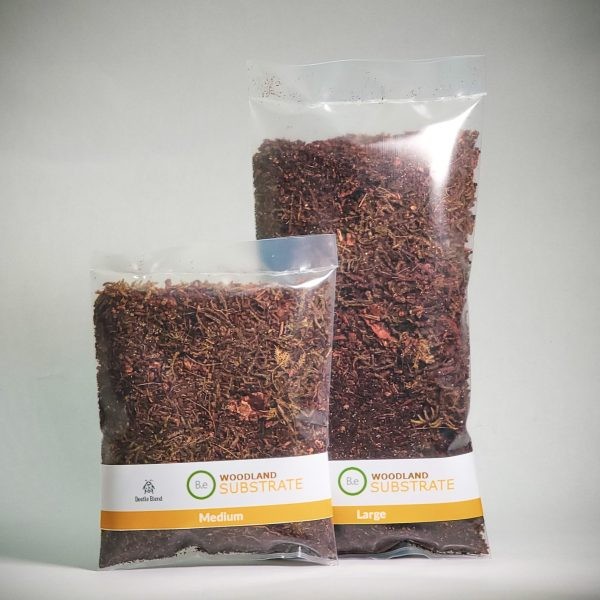Ladybugs, also known as ladybirds or lady beetles, are often seen as symbols of good luck and are beloved for their vibrant colors and helpful appetite for garden pests. Their gentle nature might make you wonder, can you keep a ladybug as a pet? The answer is yes, you can! Creating the right environment is key to ensuring these delightful creatures thrive in your care. A suitable habitat for pet ladybugs needs to mimic their natural environment, focusing on temperature, humidity, ventilation, and providing ample space for them to explore and access food.
For optimal health, aim for a temperature range of 65–75 degrees Fahrenheit (18-24 degrees Celsius) within their enclosure. Humidity levels should be maintained between 40–50%. Adequate ventilation is also crucial to prevent the build-up of stagnant air and maintain a fresh environment. Ladybugs need access to food, which in captivity, can be provided through small pieces of fruit, suitable plants, and other organic materials.
You can create either an artificial or a natural habitat for your ladybug. Artificial habitats are easily constructed using vivarium plants, rocks, bamboo pieces, and terrarium soil to mimic a natural setting. Pre-made kits are also available for convenience. Alternatively, a small, protected garden space can serve as a more natural enclosure. Regardless of the type you choose, the enclosure must be secure with escape-proof covers. This is important not only to keep your pet ladybugs safely inside but also to prevent wild ladybugs from entering, which could introduce diseases or disrupt the balance of your pet’s habitat. Regularly monitoring the temperature and humidity within the enclosure will ensure it remains a healthy and comfortable space for your ladybug pet.
To simplify habitat creation, consider using customizable beetle enclosure kits, which are designed to address the specific environmental needs of beetles and can be adapted for ladybugs.
Choosing the Best Substrate for Your Ladybug Enclosure
The substrate you choose plays a vital role in maintaining the correct humidity and providing a natural floor for your ladybug’s home. An ideal substrate mix for ladybugs consists of coco fiber soil, peat moss, and perlite. This combination offers excellent moisture retention and drainage, creating a balanced environment. Aim for a substrate depth of about two to three inches. Enhance the natural feel of the enclosure by adding small leaves, twigs, and pieces of bark. These additions not only make the habitat more aesthetically pleasing but also provide essential hiding places and enrichment for your ladybugs.
Maintaining the correct moisture level in the substrate is important. Mist the substrate with water using a spray bottle about 2–3 times per week. Be careful not to oversaturate it, as excessive moisture can lead to mold and mildew, which can be harmful to ladybugs. To ensure a clean and healthy environment, replace the substrate every 6–12 months.
For convenience and optimal results, consider using bioactive beetle substrate blends that are specifically formulated to meet the needs of various beetle species, offering a balanced mix of moisture retention and essential nutrients.
 Close-up of bioactive beetle substrate mix with coco fiber, peat moss, and perlite
Close-up of bioactive beetle substrate mix with coco fiber, peat moss, and perlite
Plants That Ladybugs Love
Providing the right plants is essential when caring for ladybugs, as certain plants serve as both a food source and a natural element in their habitat. Ladybugs benefit from plants rich in nectar and pollen. Excellent plant choices include marigolds, asters, chrysanthemums, daisies, coreopsis, rudbeckia, and cosmos. These flowers not only provide food but also add color and beauty to the ladybug enclosure.
Ladybugs also show a preference for plants with narrow petals, such as yarrows and angelica. Including these varieties can further diversify their diet and habitat. An added benefit of planting these flowers is that they are known to attract other beneficial insects like bees and butterflies, potentially creating a vibrant mini-ecosystem within or around your ladybug enclosure if kept outdoors or in a greenhouse. By carefully selecting plants, you can create a thriving and visually appealing habitat for your pet ladybugs.
